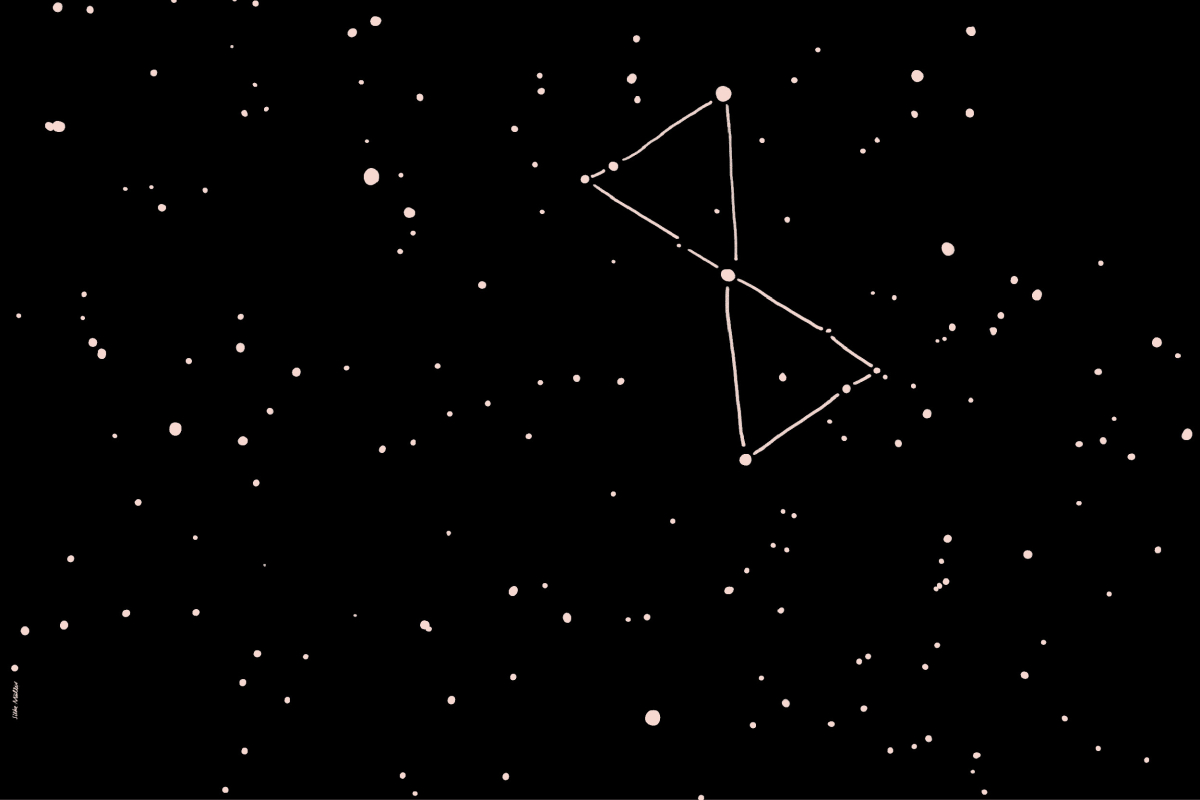
Time's Up und Raum
Mit dem Raum hält es Time's Up wie der interstellare Afrojazzkosmonaut Sun Ra: 'Space is the place'. Ist damit zwar nicht vom Weltraum samt Milchstraße und Planeten die Rede, so ist 'space' dennoch durch und durch kosmologisch gemeint, weil auf das kollektive Universum der Menschen und Arbeiten von Time's Up gemünzt. Es ist ein Raum im Plural, der die unterschiedlichsten Räume einhaust – intellektuelle Räume, narrative Räume und virtuelle Räume, denen Time's Up zu einer physikalischen Inkarnation in 'realen' Räumen verholfen haben.
--
Das ist zum Beispiel der Hallraum, der im Strom digital übertragener Musik in den winzigsten Verzögerungen zwischen Encoder und Decoder wie eine kleine Lücke im Zeitkontinuum entsteht. Ebenso ist Raum ein Multi-User-Dungeon, in dem die physikalische mit der virtuellen Sphäre amalgamiert, und ein akustisches Phänomen, das sich aus Klangquellen in Bewegung bauen und umbauen lässt.
--
Raum ist die Bedingung aller Möglichkeiten, die es mit allen Sinnen und Ganzkörpereinsatz zu erfahren gilt, und Raum ist der Rahmen. (Ob als dialektisch zwischen den Zugkräften schier schrankenloser Freiräume und den begrenzten eigenen Möglichkeiten aufgezogenes Spannungsverhältnis im Förmlichen wie im Zwischenmenschlichen oder ganz handfest als zugeteilter oder selbstgewählter Schauplatz für Installationen und Ereignisse, die es zu bespielen, orchestrieren und inszenieren gilt.) Als spekulative, experimentelle Situationen und Atmosphären, die vieles zulassen.
Auch, sich darin zu verlieren. Dieser Grenzüberschreitung durch Selbstvergessen hilft Time's Up gerne nach, indem sich eine spezielle Raumqualität entfalten kann: Licht. Insbesondere Dämmerstimmungen helfen, sich von der Tageszeit zu lösen und in ein Unbestimmtes zu tauchen. In etwas Unbestimmtes mit fließendem Charakter, das sich nicht so recht greifen lässt.
--
Arbeit am Raum heißt daher stundenlanges Lichtsetzen, -positionieren und -einrichten, heißt immer wieder, Filter wechseln und am Lichtpult zu justieren. Arbeit im und am Raum besteht aber auch in aufwändigen Einbauten, akribischer Setdekoration, absichtsvollem Legen von Tonspuren und Einbeziehen von Bewegtbildern. So kann ein Parkplatz zum Innenraum werden, eine Straße zum Spielplatz, ein Galerieraum zum Hotelzimmer. Begibt sich eine Arbeit auf Tour, verwandelt sie sich in und mit den unterschiedlichen Räumen, in denen sie sich zeigt. Am liebsten sind Time's Up unter den Räumen jene, die gar nicht vorgeben, neutral zu sein. Sondern die Patina angesetzt und Charakter haben, dabei jedoch formbar genug geblieben sind, die Bespielung zu unterstreichen statt sie umzuschreiben – oder schlimmstenfalls ganz überschreiben zu wollen.
Time's Up and space
Time's Up treats space like the interstellar afro-jazz cosmonaut Sun Ra: 'Space is the place'. We aren't talking about outer space with the Milky Way and all the planets here, but space is still meant in a cosmological sense because Time's Up's work and people are built on the collective universe. It is space in the plural, incorporating different spaces - intellectual spaces, narrative spaces and virtual spaces that have brought Time's Up to a physical incarnation in real spaces.
--
Take the reverberation chamber, for example, that creates the minutest delay in a stream of digital music between the encoder and the decoder like a small loophole in time continuum. Space is also a multi-user dungeon in which the physical and virtual spheres are amalgamated and the sound sources of an acoustic phenomenon can be built, moved and rebuilt.
Space is the condition of all possibilities that can be experienced with all senses and total body play, and space is the framework. Whether as dialectic between the forces of almost boundless free spaces and one's own limited nurtured charged interpersonal relationships, or concrete as shared or self-imposed viewing space for installations and events, for playing, orchestrating, or staging. As speculative, experimental situations and atmospheres that allow a great deal to happen.
Space in which one can also lose oneself. Time's Up is happy to promote this oblivious overstepping of borders in which a special spatial quality can develop as a result: light. Dusk in particular helps release you from daylight to dive into something uncertain. Into something uncertain with flowing character that is not so easy to grasp.
--
Working on a space is therefore about spending hours setting up lights, positioning, adjusting, changing filters and optimizing mixes on the light console. Working in and on a space is also about complex assemblies, precision set decoration, deliberate recording of soundtracks and involvement of moving pictures. That is how a parking space can become the interior of a building, a street turns into a playground and a gallery transforms into a hotel room. If a project is on tour, then it transforms into and with the various spaces in which it is displayed. In the best case, Time's Up prefers to work in spaces that are not trying to be neutral. Ideally the patina is visible and the space possesses a character with sufficient flexibility to highlight the play rather than recompose it - or in the worst case suppress it.
--
That is how new, different, coherent compromises between drama and stage take place. Time's Up finds it easiest to develop them in extreme spaces. The White Cube and the Black Box have proved to be open and tolerant in equal measure; in contrast to spaces that have not been able to declare an obvious identity. Sometimes the work wins something in a new space, sometimes it loses something.
--
Either way, the secret life of the space is a fascination. During their productive coexistence at Time's Up everybody reveals unexpected qualities and characteristics of an endearing and pleasant nature. While assembling the space, setting up lighting, putting on the show and when dismantling it afterwards. Even in Time's Up's own space in the Red Fortress in Linz Harbour, with which the collective has a intimate relationship, you never stop unearthing previously unknown traits.